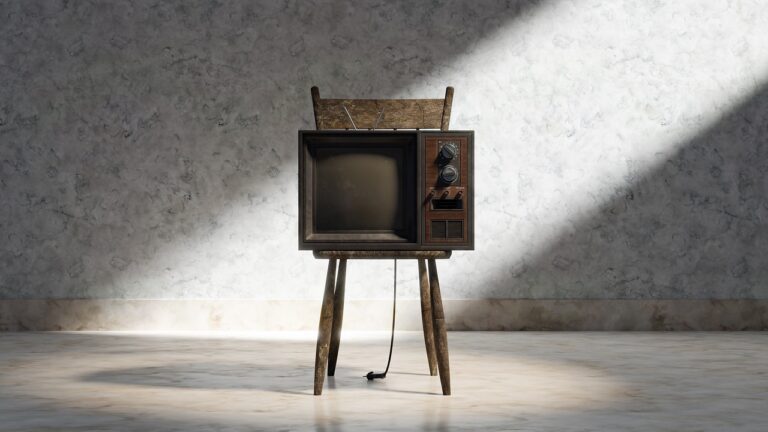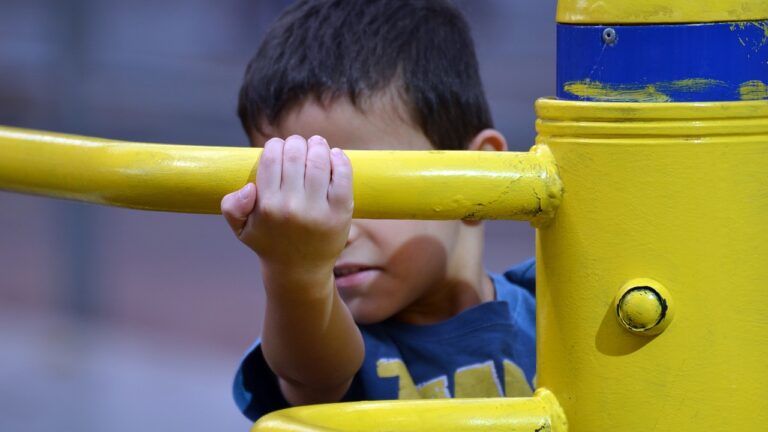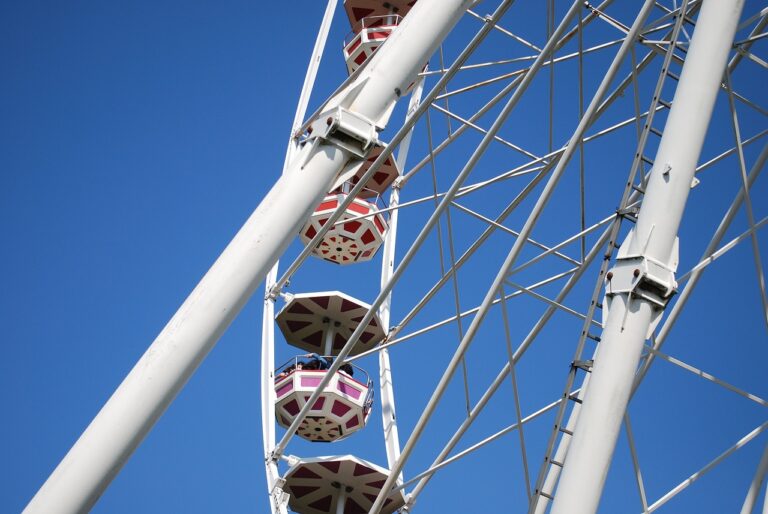Exploring the Intersection of Art and Technology: Digital Installations and Exhibitions
Art has always been intertwined with technology throughout history. From the invention of the camera obscura in the 11th century, which influenced the technique of perspective in painting, to the use of pigments and brushes by the ancient Egyptians, technology has played a vital role in shaping artistic processes. The Renaissance period saw a significant advancement in the marriage of art and technology with the development of techniques such as linear perspective and chiaroscuro painting.
In the 20th century, the advent of digital technology revolutionized the art world. Artists began experimenting with new tools and mediums, such as computer graphics and digital photography. The introduction of software like Adobe Photoshop enabled artists to manipulate images in ways that were previously unimaginable. This intersection of art and technology continues to push boundaries and inspire creativity in the contemporary art scene.
The Rise of Digital Art Installations
Digital art installations have been gaining significant popularity in the contemporary art scene. These installations, utilizing technology as their medium, create immersive and interactive experiences for viewers. By combining art and technology, artists are able to push the boundaries of traditional art forms and engage audiences in new ways.
One of the defining features of digital art installations is their ability to transcend physical limitations. Artists can manipulate light, sound, and motion to create dynamic and ever-evolving artworks that challenge viewers to think beyond the confines of a traditional canvas. As technology continues to advance, we can expect digital art installations to become even more sophisticated and captivating, offering endless possibilities for artistic expression.
How Technology is Transforming Art Exhibitions
In today’s digital age, the fusion of art and technology is revolutionizing the way art exhibitions are experienced. Traditional static displays are giving way to interactive and immersive installations that engage the audience on a whole new level. Visitors are no longer mere spectators but active participants in the artistic dialogue, thanks to advancements in technology.
From virtual reality to augmented reality, artists are embracing cutting-edge tools to create multi-sensory experiences that captivate and challenge viewers. Technology allows for dynamic storytelling, where narratives unfold in interactive ways that blur the lines between the physical and virtual realms. As a result, art exhibitions are becoming vibrant spaces where creativity and innovation converge to redefine conventional notions of art aesthetics and presentation.
• Virtual reality and augmented reality are transforming art exhibitions into immersive experiences
• Technology enables dynamic storytelling that blurs the lines between physical and virtual realms
• Visitors are no longer passive spectators but active participants in the artistic dialogue
• Art exhibitions are evolving into vibrant spaces where creativity and innovation converge
What is the relationship between art and technology?
The relationship between art and technology has been evolving over the years, with technology playing an increasingly important role in the creation and presentation of art.
How has digital art installations changed the art exhibition landscape?
Digital art installations have revolutionized the way art is experienced by allowing for interactive, immersive, and dynamic displays that engage the audience in new and exciting ways.
In what ways has technology transformed art exhibitions?
Technology has transformed art exhibitions by enabling artists to experiment with new mediums, engage with audiences in innovative ways, and create immersive experiences that were not possible before.
What are some examples of how technology has been used in art exhibitions?
Some examples of how technology has been used in art exhibitions include virtual reality installations, interactive digital displays, and augmented reality experiences that enhance the viewer’s engagement with the artwork.
How can artists incorporate technology into their work for art exhibitions?
Artists can incorporate technology into their work for art exhibitions by exploring new digital tools, experimenting with virtual and augmented reality, and collaborating with technologists to push the boundaries of traditional art forms.







